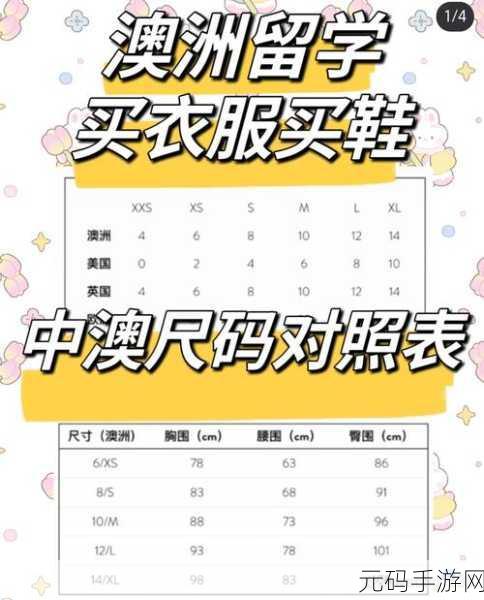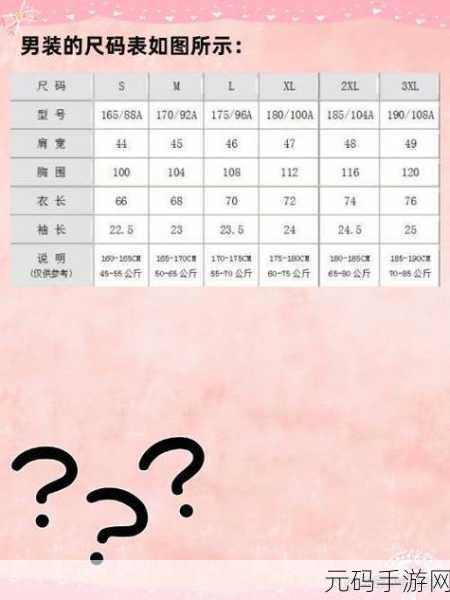欧洲尺码与日本尺码的差异
对于许多热衷于时尚和购物的人来说,了解不同地区的服装尺码系统是一项重要技能。尤其是在国际购物日益普及的今天,掌握欧洲和日本之间的尺码转换显得尤为必要。这两个地区由于文化、体型和市场需求等因素存在明显差异,因此在挑选衣物时容易产生误解。
为何需要关注尺寸对照表
每个国家有其独特的测量标准,这使得消费者在购买来自海外品牌产品时可能会感到困惑。例如,法国、意大利、西班牙等国使用的是一种基于厘米(cm)的体系,而日本则采用了自己的数字标记法。在这种情况下,一件号称“L”的外套,在德国或意大利可能是相应的一种尺寸,但在东京却未必如此。因此,为了避免因尺码不符导致的不便,需要熟悉这些基本知识。

常见转化规则
具体而言,欧洲标准通常以34至56来表示女性服饰,以46至60来代表男性。不少品牌也开始提供更细致入微的小号或者大号选择。而日本则主要用0-15这样的数字进行表示,其中,小巧玲珑适合娇小身材的人群,而较大的号码更加符合亚洲其他地方较高人群。但这里值得注意的是,日本掺杂了一些特殊设计,比如宽松版型,更加注重舒适性,这也影响到了它们自家的尺码命名方式。
如何正确选择?
Selecting the right size when purchasing international clothing can be as simple as referring to a conversion chart. Many retailers now provide detailed sizing guides on their websites, which include measurements in centimeters and inches. For those who prefer shopping offline, bringing along a measuring tape becomes essential; this ensures that buyers can compare their own body dimensions with the specified sizes offered by different brands.

- 示例: 欧洲VS日本男士裤子容量比较
A typical European 32-inch waist translates roughly to a Japanese L or LL size depending on brand specifics. Yet many people tend to overlook checking these nuances before making a purchase decision.
- 女性裙装的话题讨论
The contrast deepens in women's fashion where styles vary significantly across continents—what's considered an M (medium) in Europe may equate only to S (small) or even XS (extra small) among certain Japanese labels due to cut differences aimed at local preferences toward fitted designs.
建议事项与经验分享
The importance of reading customer reviews cannot be stressed enough when seeking advice regarding fitment from various parts of the world. More often than not, fellow shoppers share invaluable feedback about particular items’ true-to-size claims versus reality based upon actual wear experiences! Additionally joining forums specializing in overseas purchases creates an avenue for discussion surrounding challenges faced during cross-border buying adventures!



